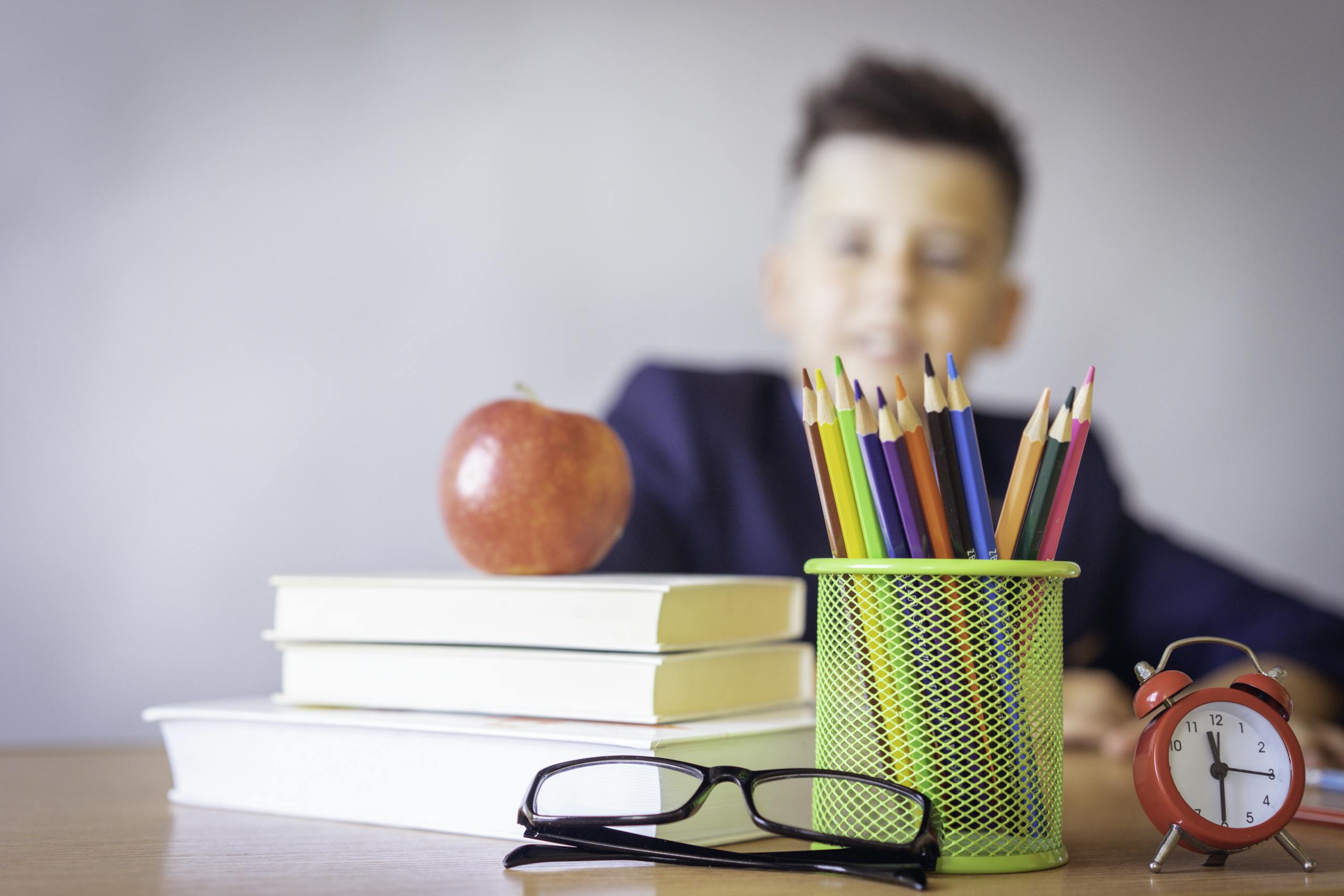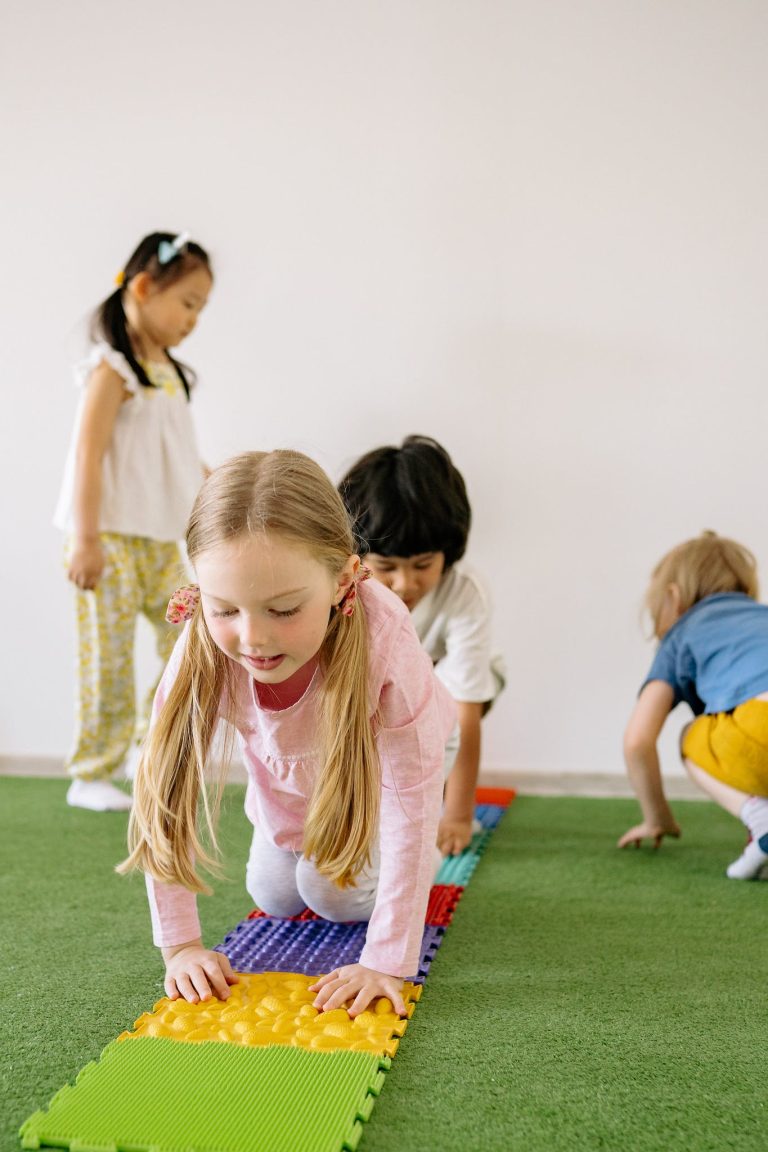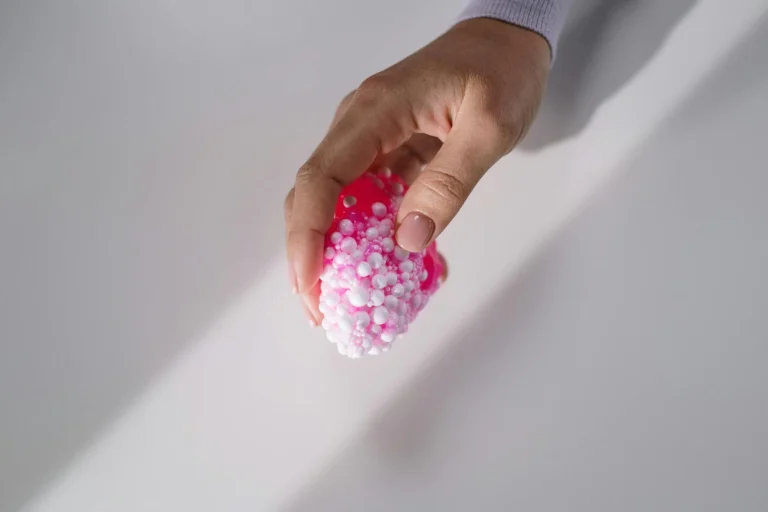Back to School Sensory Play: Easing the Transition for Kids
Back to School Sensory Play: Easing the Transition for Kids

The start of a new school year can bring excitement, fresh beginnings, and… a little bit of chaos. For many children—especially those who thrive on routine or have sensory sensitivities—the shift from summer freedom to structured school days can feel overwhelming.
That’s where sensory play comes in. It’s not just fun; it’s a calming, regulating activity that can help kids process big emotions, focus their energy, and start the school year on the right foot.
Whether your child is heading to preschool, elementary school, or beyond, here are some ways to use sensory activities to support a smooth back-to-school transition.
Why Sensory Play Helps During Transitions
When kids experience change, their bodies and brains can go into “alert mode.” Sensory play helps because it:
- Regulates emotions – Activities like scooping, pouring, or squeezing provide repetitive, calming motions.
- Improves focus – Hands-on play can help kids center their attention before or after school.
- Encourages self-expression – Sensory bins and tactile activities give kids a safe space to express feelings without needing words.
Back-to-School Sensory Bin Ideas
Here are some themed ideas to help your child feel excited and grounded:
- School Supplies Bin
- Fill with: Dry beans or rice dyed in school colors, mini erasers, paper clips, small notepads, and sharpeners.
- Activity: Let kids “find and sort” supplies by color or type—this doubles as a fine motor and organizational activity.
- Calm-Down Bin
- Fill with: Soft pom-poms, smooth stones, scented playdough (lavender for calming), and a stress ball.
- Activity: Use before homework or after school to release built-up energy and emotions.
- ABC & 123 Bin
- Fill with: Letter beads, number tiles, foam letters, and kinetic sand.
- Activity: Hide the pieces in the sand and have your child “dig” for them, calling out letters or numbers as they find them.
Other Sensory-Friendly Back-to-School Tips
- Morning Reset: Start the day with a 5-minute sensory activity, like stretching, playdough squishing, or a fidget toy routine.
- After-School Decompression: Give your child 15–20 minutes of sensory play before starting homework to help them transition from school mode to home mode.
- Sensory To-Go Kit: Pack a small pencil pouch with a fidget, chewy necklace, or stress ball for the school day.

Making It Part of the Routine
The key to sensory play is consistency. Even just 10 minutes a day can help kids feel grounded and prepared for the changes the school year brings. Think of it as your child’s daily “reset button.”
By making sensory activities part of your back-to-school routine, you’re not just keeping your child entertained—you’re giving them tools to handle transitions with confidence.







